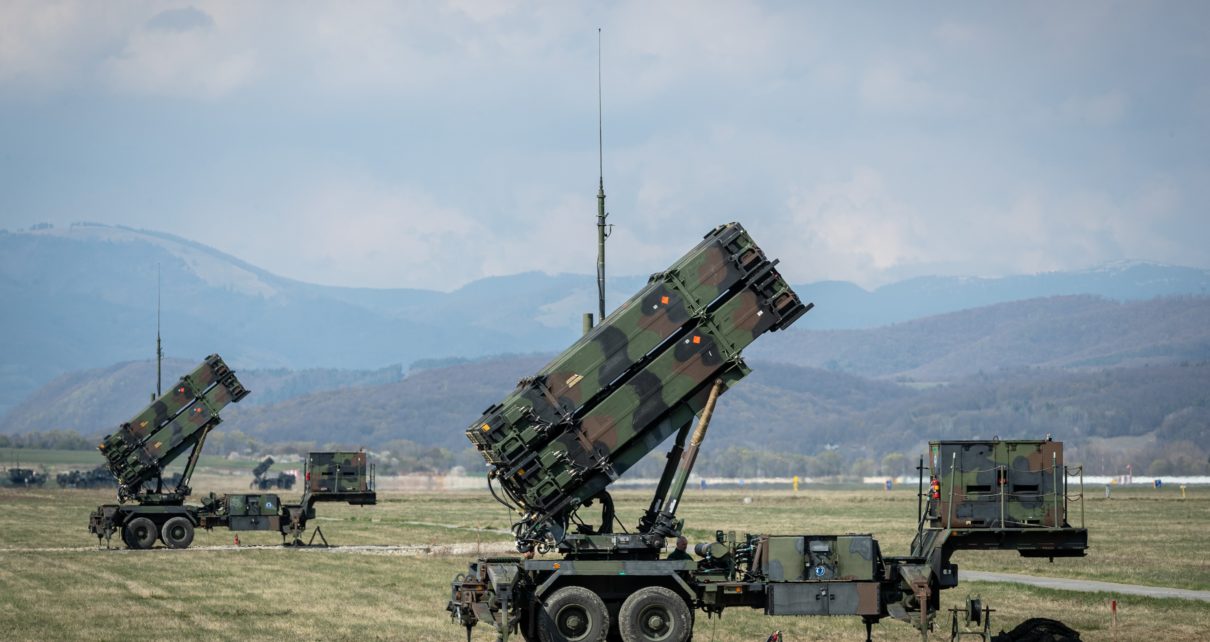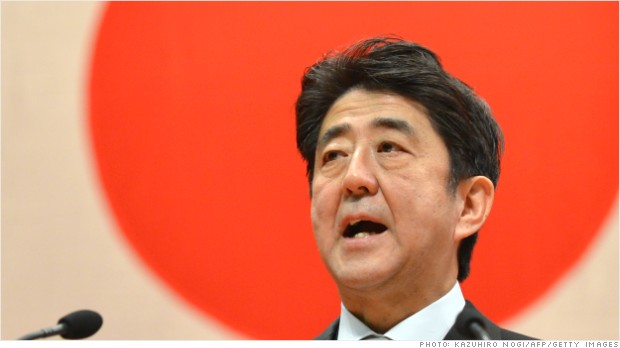Since the Russian invasion in 2022, Ukraine has been a significant recipient of aid from the United States and dozens of other NATO member states, including Canada. This past April, after a six-month delay in Congress, the United States’ legislature voted to pass a much-anticipated $61-billion dollar aid package to Kyiv, its most extensive contribution to date.
Ukraine’s president, Volodymyr Zelensky, has underscored the United States’ financial support as “vital” to his country’s defence. The delay of military aid from the United States has benefitted Russian troops’ momentum on the front lines, costing Ukraine both lives and territory. The Ukrainian military had resorted to rationing ammunition and other resources while waiting for additional aid, laying bare its dependence on foreign backup to continue the fight. Oksana Markarova, the ambassador of Ukraine to the United States, echoed her country’s gratitude to American leaders for sending this lifeline, expressing that it has boosted morale and will be a significant factor in Ukrainians’ defence along their 1000-kilometre front.
The aid package – almost 90% of the funds of which will be allocated to purchases linked to the U.S. defence-industrial base – can be divided into three broad categories: military aid to Ukraine, reinforcements for NATO’s Eastern Front, and loans to the Ukrainian government.
Almost $26 billion is earmarked to provide lethal equipment to Ukraine. However, right out of the gate, roughly $13 billion of this is reserved to replace U.S. stockpiles that have already been depleted over the last two years, as Washington has sent equipment to Kyiv to help shore up its defences. In other words, this money is being allocated to make sure the American armed forces are combat-ready. A particularly vital type of ordnance that needs to be replenished is artillery shells. To that end, about $7 billion of the $26 billion subsum is earmarked to enhance American domestic military production. The bulk of the remainder of this line item includes inventory – hard capital – further drawn from American equipment reserves and sent to the front in Ukraine, amounting to around $7 billion.
Another $17 billion in military aid is allocated to the Ukraine Security Assistance Initiative (USAI), which will fund the training of Ukrainians on new weapon systems, enable the United States to purchase arms on the global market on Kyiv’s behalf, and give Ukraine the wherewithal to purchase weapons and equipment directly from American manufacturers, such as Raytheon and Lockheed-Martin. James Stavridis, retired U.S. Navy admiral and former Supreme Allied Commander for NATO, argues that the top priority for Ukraine is air defence, and that Kyiv should concentrate on procuring surface-to-air missiles, such as Patriots and THAADS, and F-16 fighter jets, both to protect Ukraininan skies and aid the Ukrainian ground forces in carrying out its operations gainst Russian troops.
A little over $7 billion is earmarked to shore up the U.S. military presence in the Eastern European region and reassure European allies. This funding will mostly be allocated to the United States Army operations and maintenance in Europe.
Finally, about $8 billion will be allocated to assist Ukraine’s economy and government in the form of forgivable loans, covering needed expenses to keep the country afloat, such as salaries and pensions for civil servants. Congressional Correspondent Lisa Desjardins estimates the aid package can be stretched over as long as a year to support Ukraine.
The remainder of the $61-billion consists of sundry expenses mostly related to U.S. military R&D projects and humanitarian aid.
Patrick Bury, defence and security analyst, former British army officer, and NATO analyst, projects that this critical aid package for Ukraine will mostly go towards financing defensive, rather than offensive, operations in Ukraine, with the top priority for air defence and replenishment of large shells and ammunition to help Ukraine hold the line.
The aid package, which only accounts for 7% of the U.S. defence budget, is expected to provide a significant return for taxpayers. The majority of the funds will be reinvested in the U.S. economy, creating more jobs for Americans and helping to distribute American military products. Canada, a smaller player in the international aid regime, could draw lessons from the United States’ deliberate investment in national economic gain through military production and aid to Ukraine. Canada has provided satellite surveillance and air pilot training and, most recently, has contributed $76 million to Germany’s immediate action for Ukraine’s air defence. However, Canada has not gone all-in in investing in Canada’s own military-industrial production, failing to see to it that Canada’s defence contributions benefit the national economy in addition to going to the worthy cause of protecting Ukraine’s democracy.
This is not for lack of capability. Roshel, a company based in Mississauga, produces military vehicles called “Senators” in Ukraine. These vehicles are armoured and equipped with smart technology to protect occupants from small-arms fire, landmines, and other explosive ordnance. Presently, hundreds of Senators are on the ground in Ukraine, with only 8 provided by Canada; the remainder have been procured by other states. Canada should consider expanding its idea of military aid and funding Canadian-based production to benefit the national economy and the Ukraine war effort, ultimately giving Ukraine a fighting chance and making Canada a factor in rebuilding the arsenal of democracy.
Photo: Patriot missiles being deployed in Slovakia. The same weapons are being provided to Ukraine to assist that country in shooting down Russian missiles targeting Ukrainian infrastructure (2022) by North Atlantic Treaty Organization via Flickr. Public Domain.
Disclaimer: Any views or opinions expressed in articles are solely those of the authors and do not necessarily represent the views of the NATO Association of Canada.




